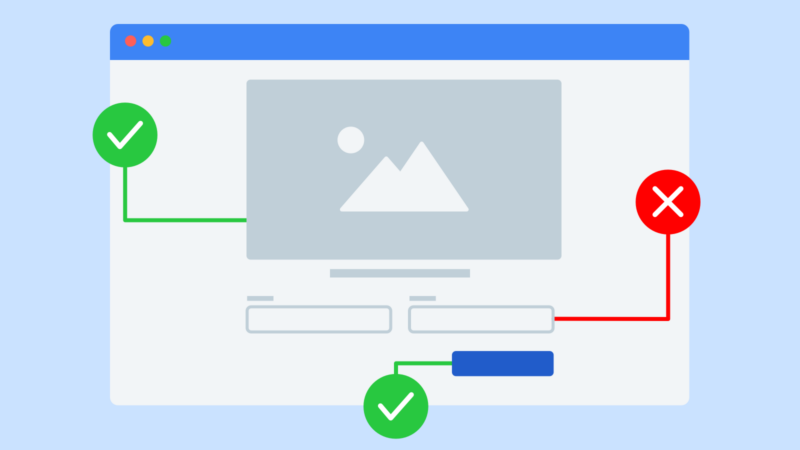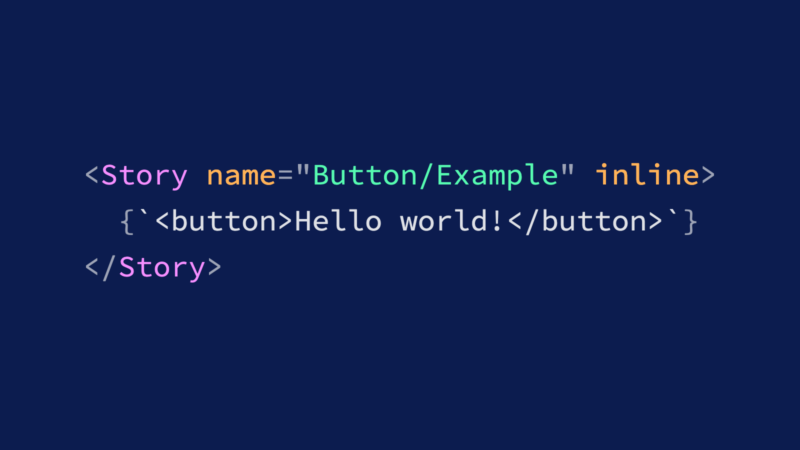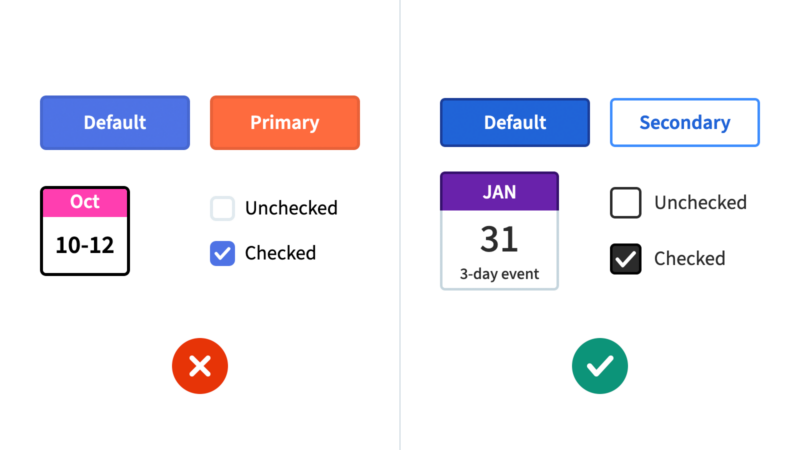Introducing Pleasantest

Pleasantest is a library that integrates with Jest to help you write UI tests that interact with real browsers. It uses Puppeteer to launch and control browsers, Testing Library to find elements on the page, and jest-dom to make assertions against the DOM.






